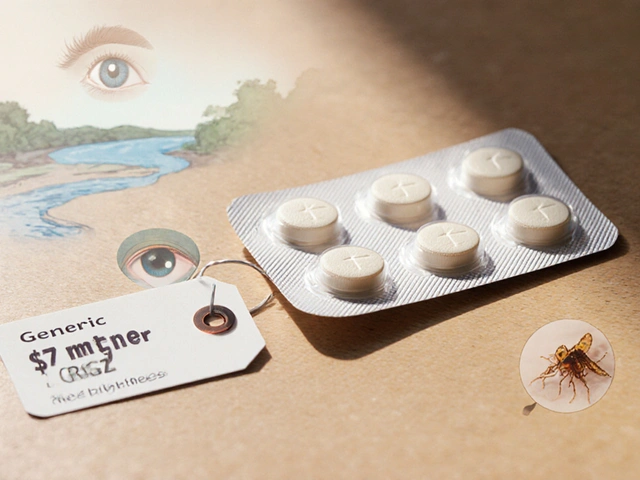Dosage Basics – Read & Use Medication Dosing Guides
If you’ve ever stared at a prescription label and felt confused, you’re not alone. Dosage tells you how much medicine to take, how often, and for how long. Getting it right can mean the difference between relief and side effects.
Why Dosage Matters
Every drug has a sweet spot – the amount that works without causing problems. Too little might not fix the issue; too much can lead to toxicity. That’s why doctors base dosage on age, weight, kidney function, and other health factors.
Take Promethazine as an example. For adults, the usual dose for nausea is 25 mg every 4‑6 hours, but children get a weight‑based dose, often 0.5 mg per kg. Mixing up those numbers can put a kid at risk of drowsiness or breathing issues.
Another case is Noroxin (norfloxacin). It’s an antibiotic for urinary infections. Adults typically take 400 mg twice daily for three days. Kids under 18 shouldn’t use it at all because fluoroquinolones can affect growing joints.
Tips for Safe Dosing
1. Read the label. Look for the strength (mg or mcg) and the prescribed frequency. If the label says “take 1 tablet,” make sure you know how many milligrams are in that tablet.
2. Use the right tool. A kitchen spoon isn’t accurate. Use the dosing cup or syringe that comes with liquid meds. For tablets, a pill cutter can help split doses evenly.
3. Check the timing. Some drugs need to be taken with food, others on an empty stomach. Skipping this step can change how much of the drug your body absorbs.
4. Watch for interactions. Over‑the‑counter meds, supplements, and even certain foods can boost or block a drug’s effect. For instance, antacids can reduce the absorption of some antibiotics.
5. Ask if unsure. If the instructions sound vague, call your pharmacist or doctor. It’s better to spend a minute asking than weeks dealing with a side effect.
6. Adjust for special cases. Older adults often need lower doses because their kidneys filter slower. Kids get weight‑based doses. If you’re caring for someone with liver disease, the dose may need a tweak.
7. Keep a dosing schedule. Write down the times you take each medication or use a phone reminder. Missed doses can be as harmful as taking too much.
8. Know the signs of overdose. Symptoms vary – dizzy feeling, rapid heartbeat, confusion, or unusual bruising. If you see any, seek medical help right away.
9. Store meds properly. Heat, moisture, and light can change a drug’s strength. Keep bottles closed and away from the bathroom.
10. Dispose of old meds safely. Don’t keep leftovers “just in case.” Take them to a pharmacy take‑back program.
By treating dosage like a simple recipe – read the ingredients, follow the steps, and adjust for the cook’s size – you’ll stay safer and get the full benefit of your medicines.

Medexil: What It Is, Uses, Safety Tips, and How to Verify the Right Medicine (2025 Guide)
Confused about Medexil? Learn what it likely means, how to confirm the exact drug, key safety rules, side effects, and 2025 steps to avoid counterfeits.




